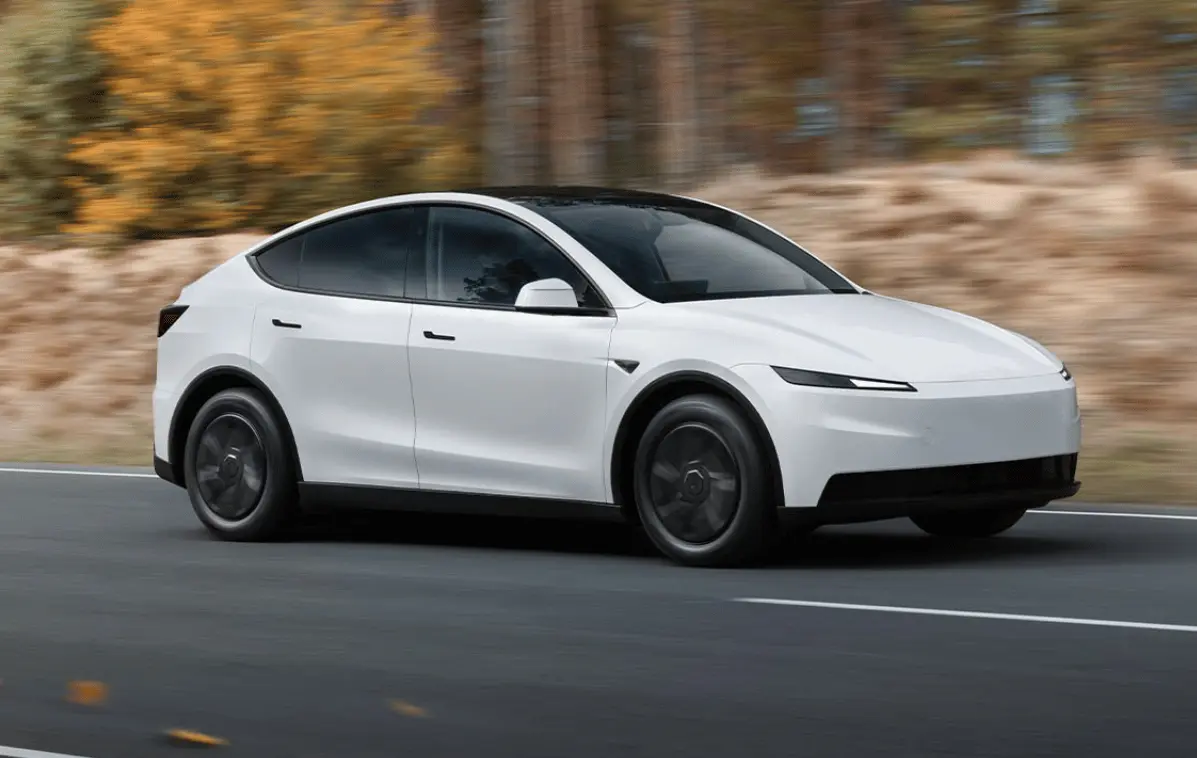
Earlier this month, SpaceX has revealed that its Starlink satellite broadband network gas recently surpassed 1 million subscribers. The service has pretty much doubled in customers in the last few months, after it was reported that it had 500,000 customers in June 2022. The service is operated by SpaceX, which is owned by Elon Musk.
Starlink is operating around 3,320 low earth orbit (LEO) satellites around the world and this gives it a notable advantage over traditional satellite ISPs which use less satellites meaning there are more users per transmitter. Starlink uses satellites with an altitude of around 350 miles (550km) and is planning on deploying over 4,000 by 2024.
Speeds for Starlink are very good, depending on having clear coverage of the sky. Customers must also install their own equipment, but there is a new market cropping up in the UK and probably the US too of companies specialising in installations for Starlink. Speeds here in the UK are advertised at between 50mbps and 200mbps, which starts at £75 per month. Starlink ship out their own router, but it can be used with standard routers and Starlink dishes out DHCP, using CGNAT.
It must be said that there are a number of downsides with Starlink. For starters, the IP scheme is handled via CGNAT, rather that using dynamic or static public IP allocation. If customers need a static public IP address, then this is unavailable. Due to them using CGNAT, services like DDNS and port forwarding are again out of the question. However, for areas where there is practically 0 internet coverage or cell/phone signal, then getting something like Starlink can be a superb solution.
Starlink now has more than 1,000,000 active subscribers – thank you to all customers and members of the Starlink team who contributed to this milestone ❤️💫🌎 https://t.co/5suNxFvtEH pic.twitter.com/E1ojYarcEA
— SpaceX (@SpaceX) December 19, 2022
Starlink has also increased its product line in the last few years, now offering bespoke solutions for aviation, maritime and motor homes.









